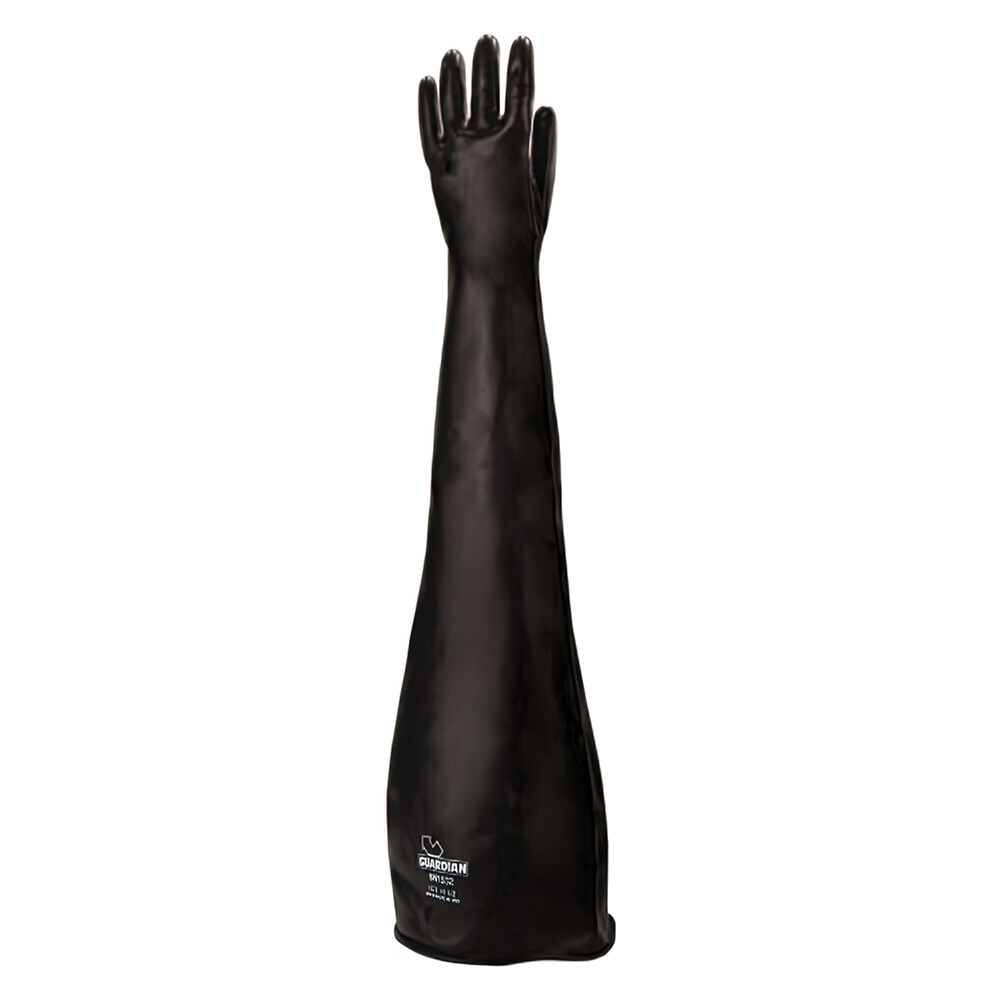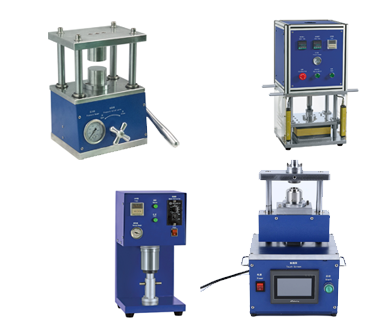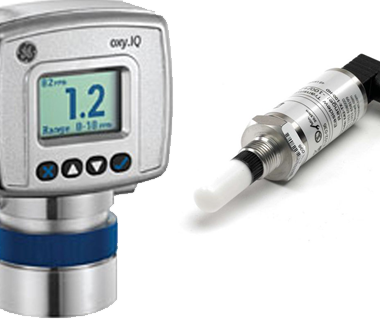No products in the cart.
Chemical Resistant Gloves
The U.S. Occupational Health and Safety Administration (OSHA) standards for personal protective equipment (PPE) address the need for chemical protective gloves. PPE is required when hands are exposed to possible skin absorption of harmful substances or chemical or thermal burns.
The OSHA standard also mandates an assessment of chemical exposure and the choice of appropriate gloves based on:

- Dexterity demands
- Length of exposure
- Chemical concentration, temperature, and combinations
- Simultaneous hazards
What Are Chemical Resistant Gloves Used for?
Use chemical resistant gloves for work in chemical plants, transportation, chemical processing, petrochemical and oil refining, de-greasing, solvents, hazardous liquids, and janitorial and maintenance work.
Chemical resistant glove materials and possible applications include:
- Butyl ‒ high permeation resistance to gas and water vapors; use with esters and ketones
- Neoprene ‒ excellent tensile strength and heat resistance; compatible with some acids and caustics; moderate abrasion resistance
- Nitrile ‒ chemical and abrasion resistance; for general-duty gloves; protects against oils, greases, petroleum products, some acids, and caustics
- PVC (polyvinyl chloride) ‒ resists most acids, fats, petroleum hydrocarbons; abrasion resistant
- PVA™ material (polyvinyl alcohol) ‒ water-soluble; gas-impermeable; resists aromatic and chlorinated solvents
- Viton™ material ‒ resists chlorinated and aromatic solvents; flexible; minimally resists cuts or abrasions
What Are the Best Chemical Resistant Gloves?
No single glove meets the PPE needs for all chemical exposures. Use the manufacturer’s test results to help select the right gloves and check ratings.
Shop for chemical resistant gloves, Sol-Knit Gloves, safety gloves, eye protection safety signage, chemical splash goggles, face shields, and other personal protective equipment (PPE).




